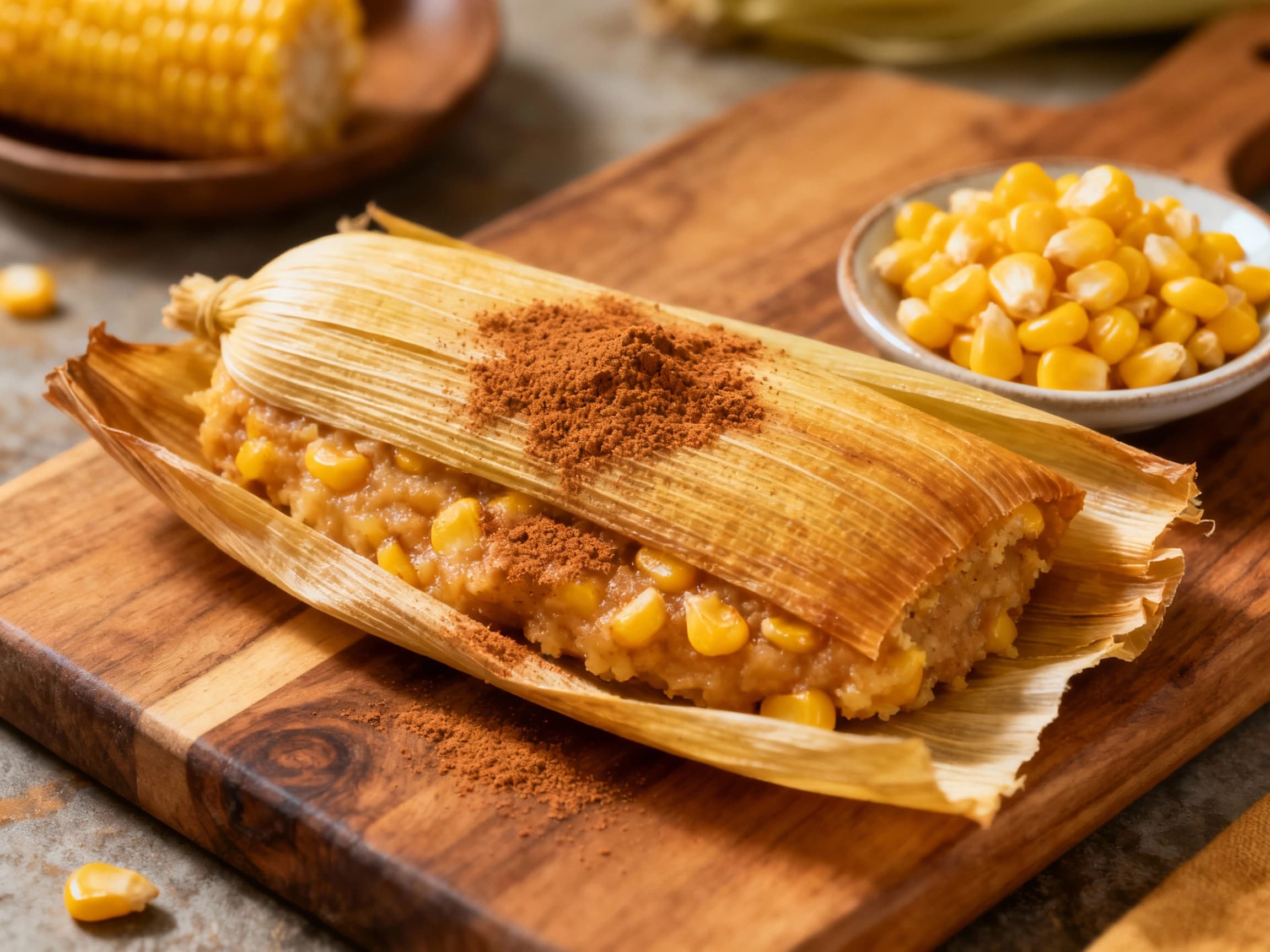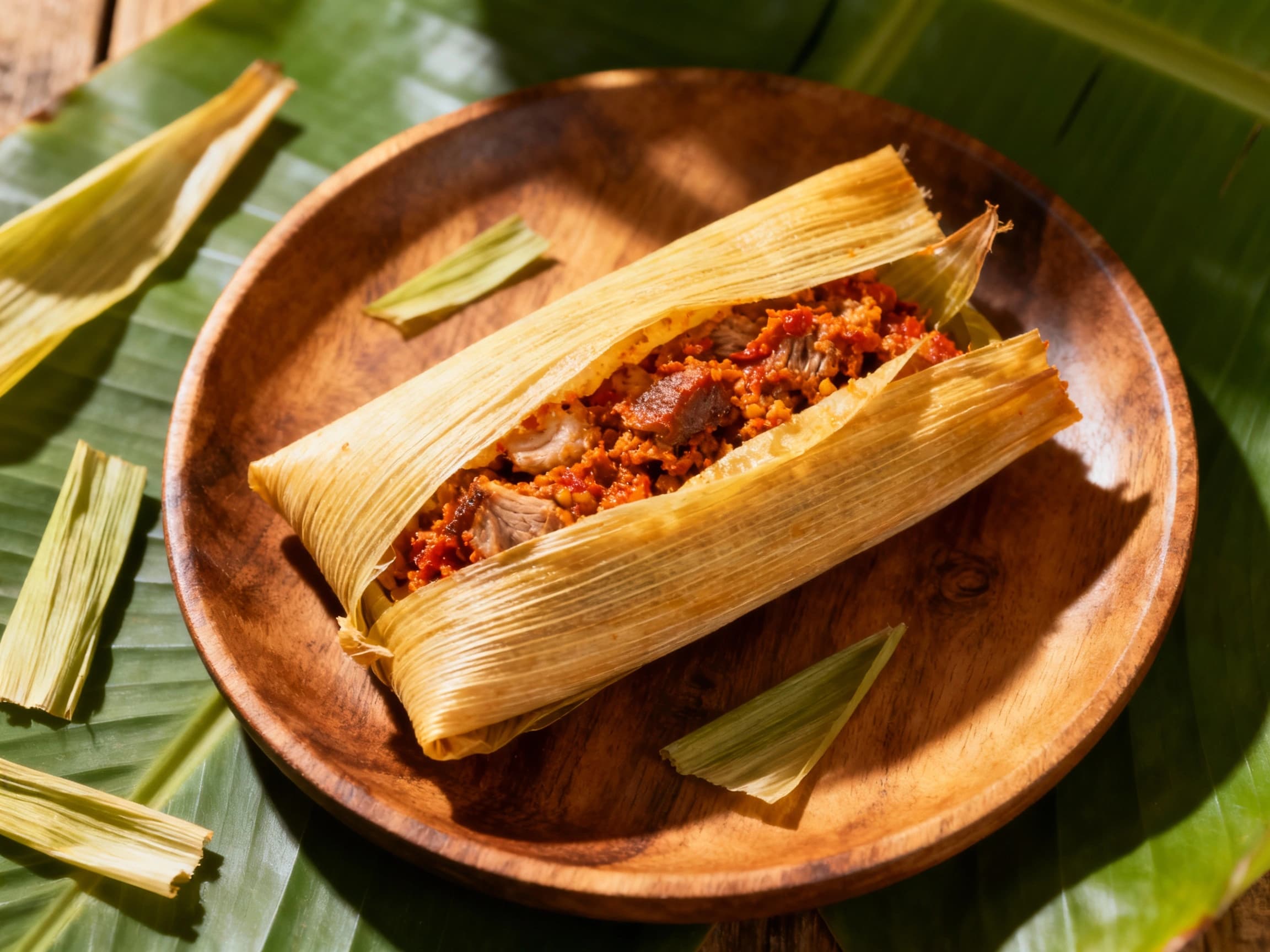
Tamales
Tamales
- Country
- Mexico
- Region
- Not specified
- Recipes
- 3 Recipes
Dish information
Tamales, deeply rooted in Mesoamerican history, are one of Mexico's most iconic and ancient dishes. The word 'tamal' comes from the Nahuatl word 'tamalli,' meaning 'wrapped food.' Evidence suggests tamales date back as far as 8000 BC, with their origins tied to early agricultural practices in Mesoamerica, especially the cultivation of corn. They were a crucial and portable food for Aztec, Maya, and Olmec civilizations, used by warriors, hunters, and travelers. Their wrapper (corn husk or banana leaf) made them easy to transport and cook. Their significance extended beyond mere sustenance; tamales played a central role in religious ceremonies and rituals. They were offerings to the gods and consumed during important festivals. The preparation of tamales, often involving several people, became a communal activity, passed down through generations. After the Spanish conquest, new ingredients like pork and chicken were introduced, broadening the variety of fillings beyond indigenous ingredients like beans, squash, and chile. Over centuries, tamales evolved, with regional variations developing distinct flavors, textures, and wrapping methods. For instance, in central Mexico, corn husks are common, while in southern Mexico, banana leaves are frequently used, imparting a unique aroma and moisture. Today, tamales remain a festive food, especially popular during holidays like Christmas (Navidad), Day of the Dead (Día de Muertos), and Candlemas (Día de la Candelaria), where they are often prepared in large batches for family gatherings. The process is still intricate and time-consuming, but the reward of a warm, savory, or sweet tamal is a culinary tradition cherished by many across Mexico and beyond.
Timeline
First evidence of tamale-like foods in Mesoamerica, tied to corn cultivation.
Tamales are a staple in Olmec, Maya, and Aztec diets, used for sustenance and rituals.
Spanish conquest introduces new ingredients like pork and chicken fillings.
Regional variations of tamales develop across Mexico.
Tamales become a global staple of Mexican cuisine, particularly in the US.
Día de la Candelaria solidifies as a key tamal-eating celebration.


